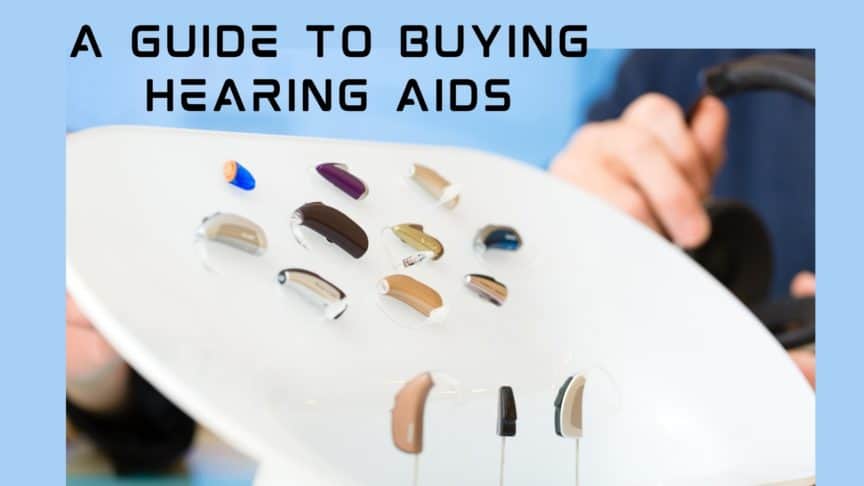If you have experienced changes to your hearing health, it is important to address them as early as possible. Early intervention and treatment can drastically help transform the quality of your hearing health. Hearing aids, the most common treatment for hearing loss, have experienced significant innovation over recent years. Today’s hearing aids are savvier and more capable than ever before. There is a wide range of options, styles, and features that deliver sharp sound quality, enhanced connectivity, and seamless integration. With so many choices, it can be overwhelming to choose which device is best for you. Here are important factors to take into consideration and tips to know while navigating your options.
- Identify Hearing Needs. The first step in treating hearing loss is identifying your hearing needs. This involves taking a hearing test that is noninvasive and painless. Facilitated by a hearing healthcare specialist, hearing tests measure hearing ability in both ears. Audiometric testing includes wearing headphones listening to sounds and speech played at different frequencies and indicating what you can hear. This identifies any hearing impairment and the degree of hearing loss present in each ear. This information helps inform the treatment options that will effectively meet the specifics of your hearing needs.
- Understand Your Options. There are various types of hearing aids so it is helpful to know about common styles. Hearing aids can essentially be categorized into two general styles: in the ear (ITE) and behind the ear (BTE) hearing aids. Within these categories, there are different types of devices including:
- Behind-the-ear (BTE): These hearing aids are likely the devices you imagine when thinking about hearing aids. BTE devices are worn behind the ear and are connected to earpieces that sit in the ear canal. They are typically designed for people with more profound degrees of hearing loss. Different styles of BTE hearing aids include a receiver in the ear (RITE) and a mini behind the ear (Mini BTE).
- In-the-ear (ITE): ITE hearing aids are smaller devices that are designed to be more discreet and less visible. They are made using custom molds of an individual’s ear canal to ensure a perfect fit. Different styles of ITE devices include invisible in the canal (IIC) and completely in the canal (CIC) which is the smallest type of hearing aid.
The style of hearing aid that will work best for you depends on a few factors including the degree of your hearing impairment. Some styles are better for mild to moderate hearing loss while others are more suited for more profound degrees of impairment.
- Establish Your Budget. It is helpful to remember that hearing aids are an incredibly important investment in your overall health and wellness. These devices are worn daily and integrated into everything you do. Establishing a budget with that in mind is a great way to filter through your options. The price of hearing aids can vary – depending on the model, features, and technologies that the device is equipped with. So knowing your budget beforehand can better help you know what you can afford and what features are within your price range.
- Known About Features. There are several innovative features that today’s hearing aids offer. These features are designed to provide the most optimal sound quality and experience. Knowing about different features and technologies can help you decide which hearing aids can work best for you in your daily life. Some features to know about include:
- Bluetooth connectivity: Bluetooth technology enables hearing aids to wirelessly connect with other electronic devices. The hearing aid can then stream audio directly from these other sources – television, phone, computer, etc. which enhances sound quality.
- Battery rechargeability: hearing aids are powered by either disposable or rechargeable batteries. Rechargeable batteries offer greater sustainability and some rechargeable charging options even come with features that clean your device while it’s charging.
- Noise reduction: this technology is designed to filter and reduce background noise. This better allows the wearer to hear the speech in front of them, making it easier to navigate conversations in nosier settings.
Knowing your hearing needs, budget, and what hearing aids offer can better help you navigate your options. Additionally, be sure to thoroughly discuss your options with your hearing healthcare provider who can make effective recommendations that meet both your hearing and lifestyle needs. Contact us to learn more about your options!

